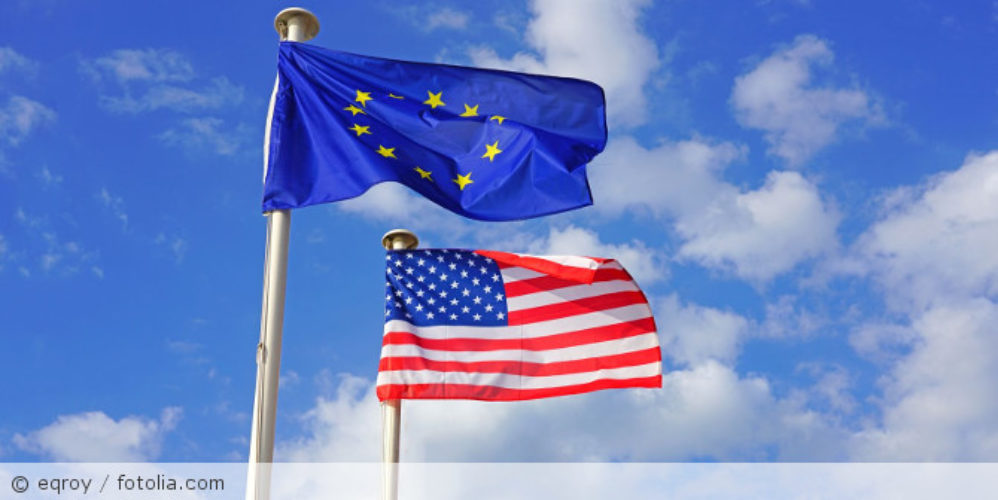Spring has sprung, but we are still waiting for the flowers to appear. As I wrote in a blog article dated, March 23, 2022, it was anticipated that this spring the EU and the U.S. would come to an agreement with regards to the EU-U.S. Privacy Shield. On March 25, 2022, a joint announcement was made stating that an agreement has been made in principle. Although an agreement has been reached it could be months before a document containing the agreement is drafted. Only once this document is released can it be reviewed and possibly brought before the European Court of Justice to see if it withstands their scrutiny.
Even though a document does not exist the U.S. provided a statement regarding the new framework stating, “The new Trans-Atlantic Data Privacy Framework underscores our shared commitment to privacy, data protection, the rule of law, and our collective security as well as our mutual recognition of the importance of trans-Atlantic data flows to our respective citizens, economies, and societies.”
In a joint statement released by the EU and the U.S. it is stated that this agreement, “marks an unprecedented commitment on the U.S. side to implement reforms that will strengthen the privacy and civil liberties protections applicable to U.S. signals intelligence activities.” In its own statement the U.S. declared that, “Under the Trans-Atlantic Data Privacy Framework, the United States has made unprecedented commitments to:
- Strengthen the privacy and civil liberties safeguards governing U.S. signals intelligence activities;
- Establish a new redress mechanism with independent and binding authority; and
- Enhance its existing rigorous and layered oversight of signals intelligence activities.”
Just like in the spring when the trees begin to bud and you have to wait for the flowers to appear the new Trans-Atlantic Data Privacy Framework being announced gives renewed hope that the document that comes out of the agreement and the Executive Order promised by the Biden administration will stratify the ECJ and the international transfer of data between the EU and the U.S. will be less complicated and safer.





